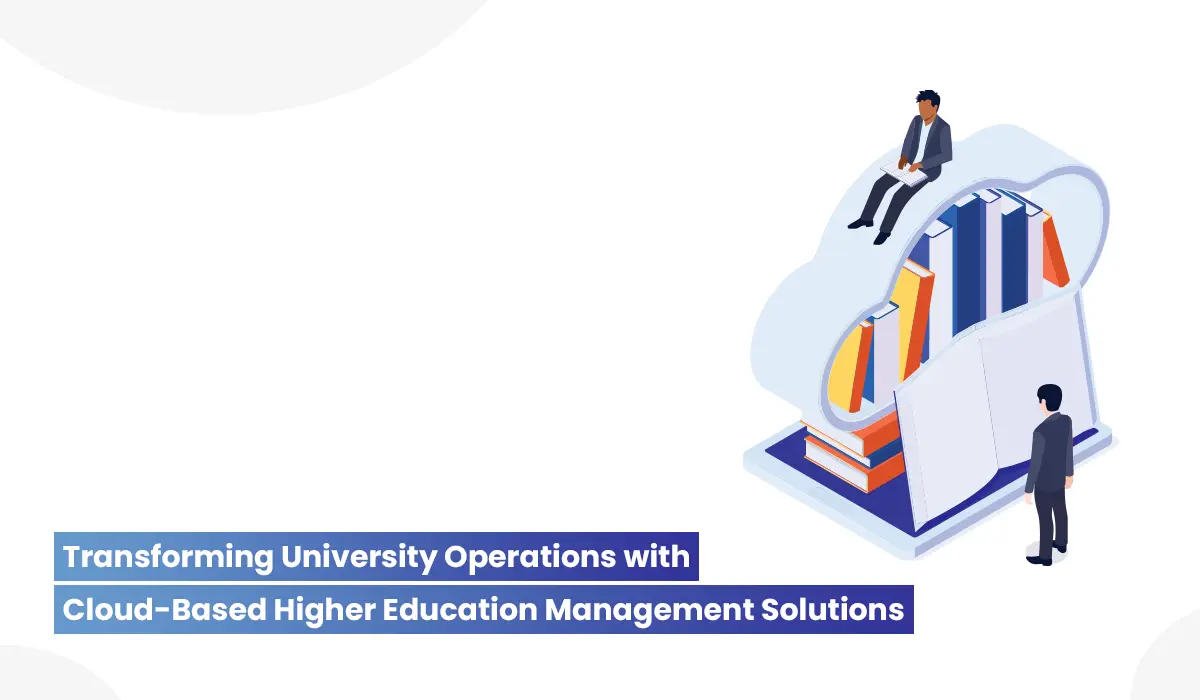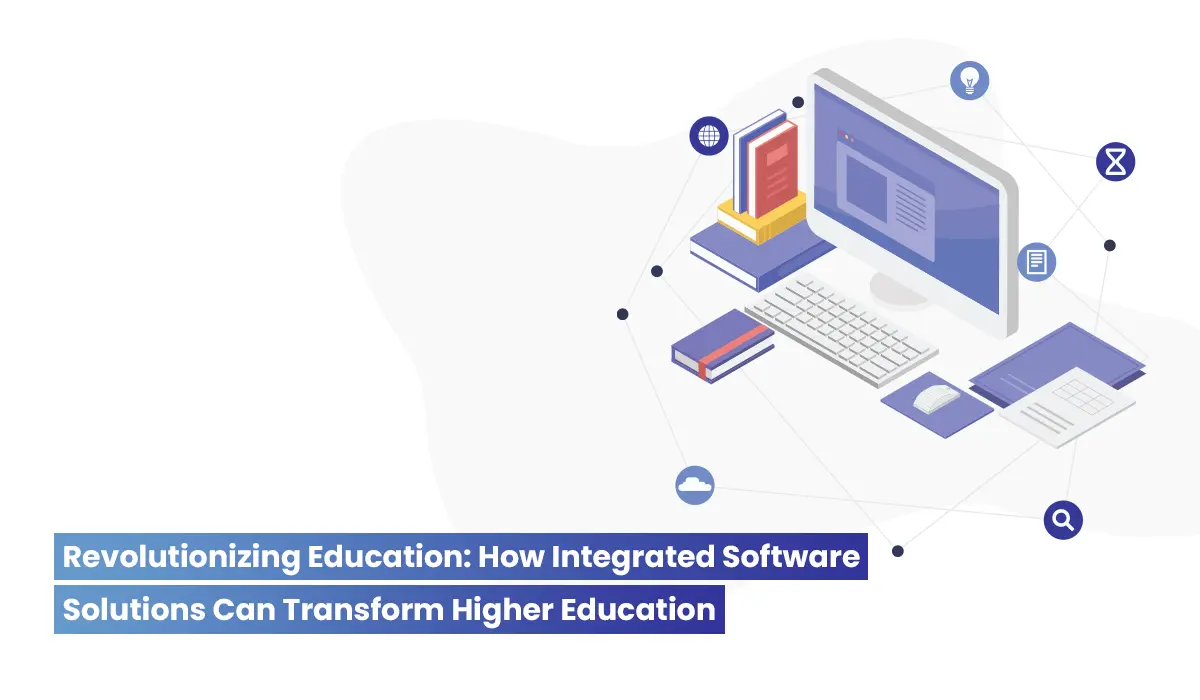7 ways academic software can be a good deal for educationalists

While educators generally aim to make academic success off their institutions, this goal is challenging. They are looking for different options to manage their academic processes. Anyone can easily run education software, but they have to make huge IT investments on hardware, software, licensing, and maintenance costs. When you are done with the software installation on the computer, you will have an eye on the value and benefits it brings to your institution and short and long-term results. When it doesn’t best value and savings, ultimately you likely won’t want to use those, anyway. Here are seven powerful ways academic software can be a good deal for educators.
1. Cloud – Its Reality
Cloud services is a proven alternative for educational institutions and a better option than the legacy system. It may sound hard to grasp, but it’s clear. Spend less and save more money in the cloud. No capital investments in hardware or software. Save your institution from IT-related expenses, and staffing costs and achieve greater energy efficiency. Cloud services protect all your data in case of possible failure and help minimize data redundancy and maximize uptime.
2. Workflow Automation & Orchestration
The cloud-based education software can help automate and streamline academic and administrative tasks such as admission, attendance, timetable, assignments, grades, discipline, events, library, transport, etc. Because every activity is fully automated, data can be seamlessly accessed and edited anywhere, anytime across the web and mobile devices. This enables smooth collaboration between students, faculty and staff in real-time. Additionally, tools like chat, discussion forums, notifications, and messaging make communication fast and effective.
3. Agility, Scalability & Flexibility
The cloud-enabled campus management solution is resilient to process everyday tasks with greater agility with capabilities to handle peaks and troughs in workloads. Practically, high utilization of cloud services results in handling requests from thousands of concurrent users including students, staff and parents. This allows administrators to quickly scale up to the demands and future-proof the institution. They can add any number of new features and get easy updates at a high return on investment.
4. Academic Intelligence
When you switch to academic software, educators can easily generate all types of custom reports on enrollment, registration, grades, discipline, etc. from anywhere, anytime to achieve academic success. They can analyze data, and identify patterns and trends on overall academic performance, enabling them to take agile, effective, and profitable decisions.
5. Drive Customization & Adoption
The cloud-based education management solution can be fully customized to serve the needs of students, teachers, and the community. This is especially true with most of the students and staff already using desktops and mobile phones for personal use. As a result schools, colleges and universities can seamlessly migrate their academic processes to the cloud and mobile platforms and drive a high rate of adoption with students, instructors, faculty, staff, administrators, and parents alike leveraging the new education software.
6. Maintain Security & Confidentiality
The academic software can be designed to provide the highest security and reliability with role-based access control. This protects the data of students and teachers with secure access and smooth sharing. This also gives administrators complete control over data, better transparency, and greatly reduces security vulnerabilities.
7. Save Costs & Eliminate Paperwork
Optimize resource allocation and deploy scarce and valuable staff to important areas that impact the institution to achieve economies of scale. The academic software can eliminate paper processes to create a green campus with less environmental impact.
Other Strategies
While these seven popular ways can be a good deal for educators to purchase academic software, there are other methods as well. The greatest benefit of the above model is the ability to eliminate manual work and automate academic processes to save a lot of money and reduce the workload of the institution.



